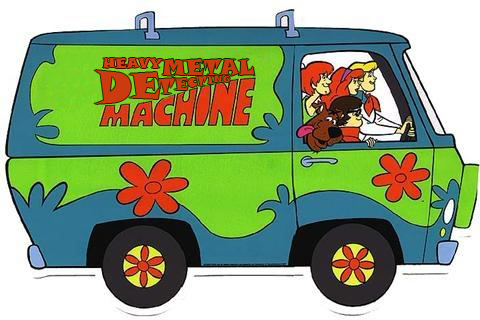Team:SouthBend-Mishawaka-HS-2/Safety
From 2011.igem.org
Bmiramontes (Talk | contribs) |
(→Safety) |
||
| Line 31: | Line 31: | ||
</ul> | </ul> | ||
<br> | <br> | ||
| - | <p> For the safety of our researchers and others in the lab, all experiments are done on a safe and dedicated lab space. Also all members are required to wear the appropriate safety gear (gloves,eye protection, and lab coats) when experiments are in progress. Since our experiments are being done in this lab area, there is no concern for public safety. Our experiment also does use the environment as a factor but it certainly does not compromise the safety and overall wellness of the environment. | + | <p> For the safety of our researchers and others in the lab, all experiments are done on a safe and dedicated lab space. Also all members are required to wear the appropriate safety gear (gloves,eye protection, and lab coats) when experiments are in progress. Everything is carefully controlled and disposed of in the proper way, like using the biohazard disposal for old cultures of transformed cells. We also always washed our hands when we finished. Since our experiments are being done in this lab area, there is no concern for public safety. Our experiment also does use the environment as a factor but it certainly does not compromise the safety and overall wellness of the environment because we are sampling it only in the lab. If we wanted to sue our device outside we would have it safety tested. Our Professor handled the arsenic and the ethidium bromide used in electrophoresis. |
<br> | <br> | ||
<br> | <br> | ||
| - | <li><strong> Do any of the new BioBrick parts (or devices) that you made this year raise any safety issues? | + | <li><strong> Do any of the new BioBrick parts (or devices) that you made this year raise any safety issues? |
| - | </strong> | + | </strong><br> We didn't make any. |
| - | + | ||
| - | + | ||
| - | + | ||
| - | + | ||
| - | + | ||
| - | <br> | + | |
<br> | <br> | ||
<li><strong>Is there a local biosafety group, committee, or review board at your institution? </strong> | <li><strong>Is there a local biosafety group, committee, or review board at your institution? </strong> | ||
<ul> | <ul> | ||
| - | <li> | + | <li> We are very careful not to release any transformed bacteria or their products in to the environment. All of the waste made from our work was disposed of in the biohazard waste container. We used bleach and 70% alcohol to clean our work area and equipment. </li> |
| - | + | ||
</ul> | </ul> | ||
| Line 52: | Line 45: | ||
<li><strong>Do you have any other ideas how to deal with safety issues that could be useful for future iGEM competitions? How could parts, devices and systems be made even safer through biosafety engineering? </strong></li> | <li><strong>Do you have any other ideas how to deal with safety issues that could be useful for future iGEM competitions? How could parts, devices and systems be made even safer through biosafety engineering? </strong></li> | ||
<br> | <br> | ||
| - | + | That is a good question: We think that if some researcher is going to use an iGEM outside of the lab that that iGEM should not be able to survive unless given special nutrition or something like that. This would stop genetic pollution. | |
Latest revision as of 04:01, 24 June 2011
| Home | Team | Official Team Profile | Project | Parts Submitted to the Registry | Modeling | Notebook | Safety | Attributions |
|---|
Safety
To address potential safety issues with our project, we were asked by iGEM to answer the following questions:
| <p>
|
 "
"
